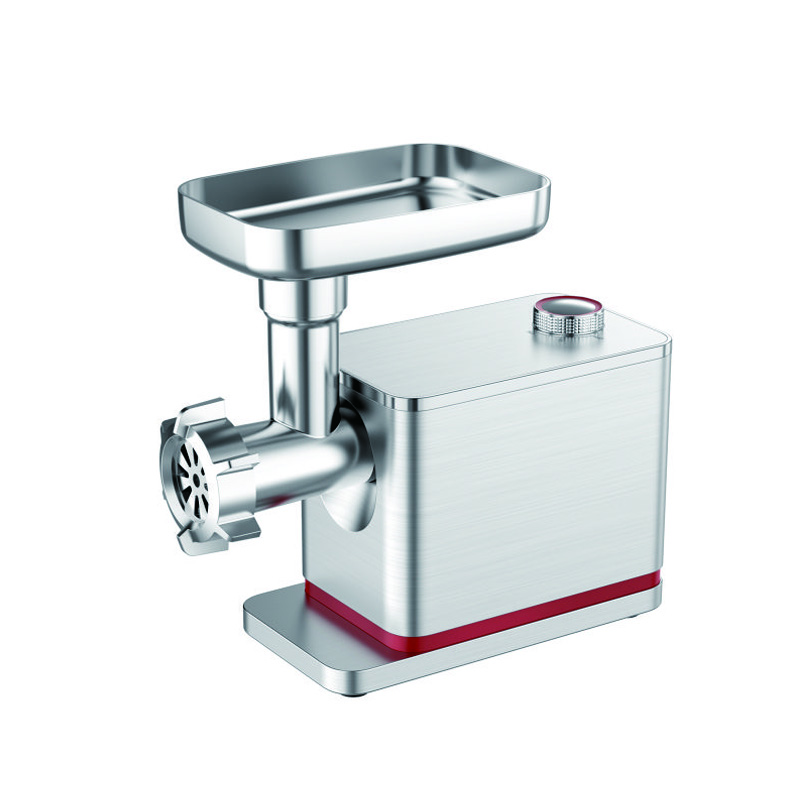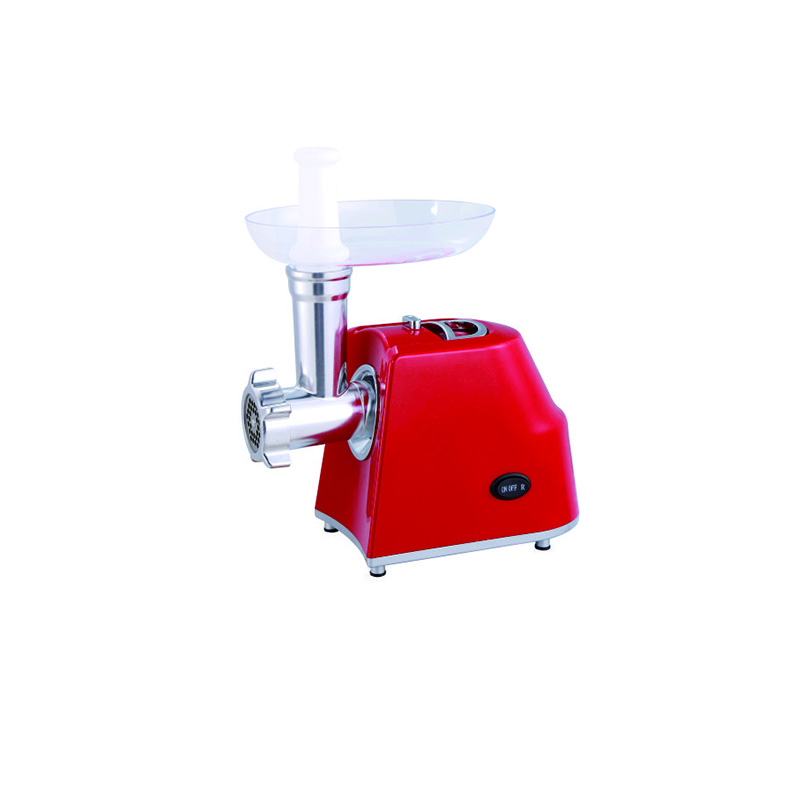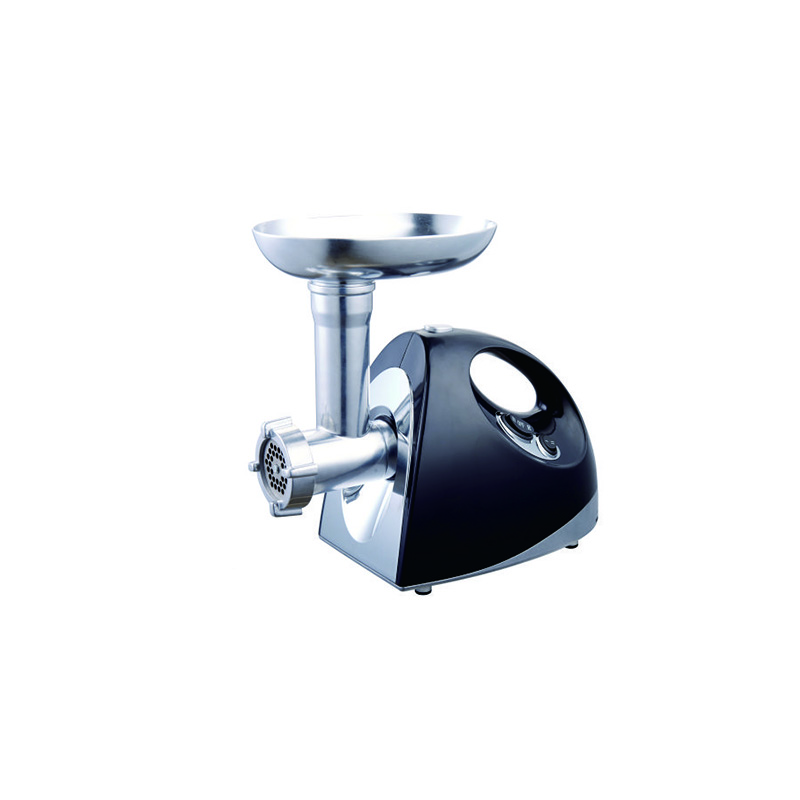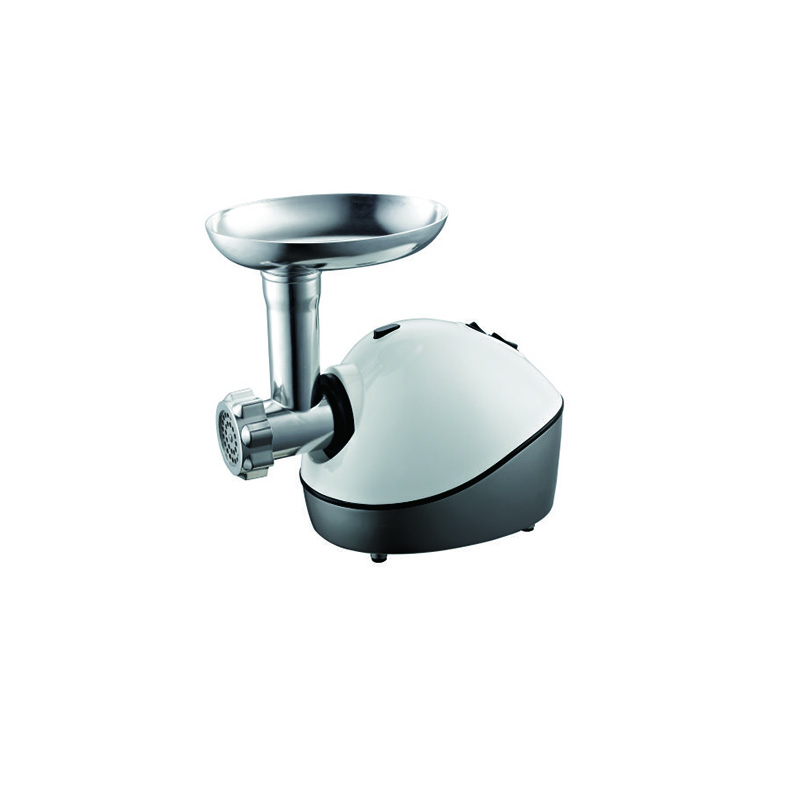
Automatic machines spinning plants in China
Automatic machines spinning plants in China
Robotization and automation is a phenomenon that changes the world around us. Progress in this area is especially noticeable in China, a country where production capacities have reached a tremendous scale. Automatic machines, including those used to verify and process various products, have become an integral part of modern Chinese production. This allows not only to increase efficiency and performance, but also to reduce labor costs. Let's see how this happens.
The role of robots in production:
Modern automatic machines for verification are complex mechanisms controlled by software. They can perform complex operations with high accuracy and speed, which is impossible for humans. This is especially important in mass production, which requires constancy of quality and high performance. Robots can work around the clock without requiring breaks and without tired. Such automation allows Chinese enterprises to respond more flexible to changes in demand and offer products in large volumes.
Advantages of automation for enterprises:
For owners of Chinese production enterprises, automation is an important step in increasing profitability. Reducing labor costs is an obvious advantage. In addition, automated lines provide high accuracy and stability of production. This means a lower percentage of marriage, which leads to saving resources and reduces the costs of rejection. As a result, production becomes more profitable, and this stimulates competitiveness in the global market.
Future of automation:
In the future, the development of automation technologies in China will continue to grow. Advanced artificial intelligence and machine learning systems will be even more integrated into production. This will lead to the appearance of more and more complex and smart robots that can perform a wider range of tasks. Enterprises that have time to implement these new technologies will gain a significant advantage. For China, as a leading production power, automation is the key to further economic growth and competitiveness in the world market.
AppropriateProducts
Corresponding products
The best soldproducts
The best -selling products-
 Milk-MFH07 foamer
Milk-MFH07 foamer -
 Electric plate-ES-025D
Electric plate-ES-025D -
 Meat grinder 1-MGF
Meat grinder 1-MGF -
 portable electric kettle-MJ-350E (for use in a car)
portable electric kettle-MJ-350E (for use in a car) -
 Electric oven-BD-45L (turkey furnace)
Electric oven-BD-45L (turkey furnace) -
 Wireless portable coffee machine CM-2288
Wireless portable coffee machine CM-2288 -
 Electric oven 2-to-30/35DE
Electric oven 2-to-30/35DE -
 Electric oven 2-to-30/35E
Electric oven 2-to-30/35E -
 The meat grinder is 3-mgx
The meat grinder is 3-mgx -
 Flood grinder 3-MGK
Flood grinder 3-MGK -
 3-mgo meat grinder
3-mgo meat grinder -
 Electric oven 2-to-30/35L
Electric oven 2-to-30/35L
Connectedsearch
Related search- OEM manufacturers of automatic meat grinder
- OEM manufacturers of electric meat grinders for purchase
- OEM suppliers mini acres
- OEM electric kettle Portable factory
- OEM Factories Multifunctional Machine Grill
- Chinese factories for the production of automobile teapots
- Multifunctional stoves factories in China
- Chinese manufacturers of kitchen meat grinders
- Manufacturers of household hasteles
- Machine manufacturers for whipping milk with a volume of 600 ml












